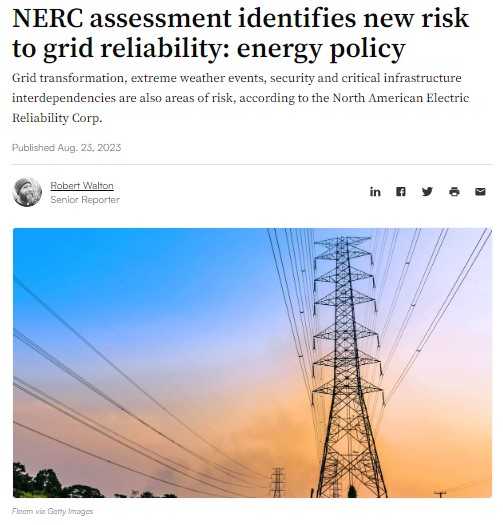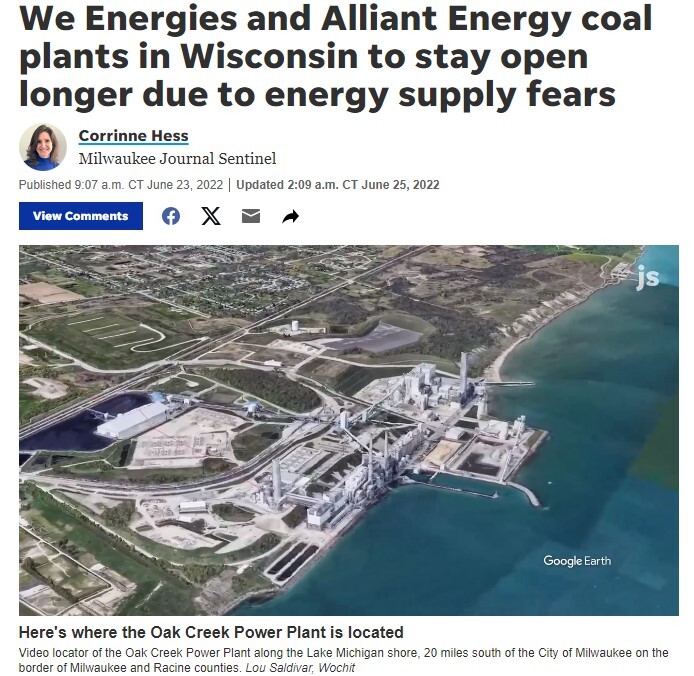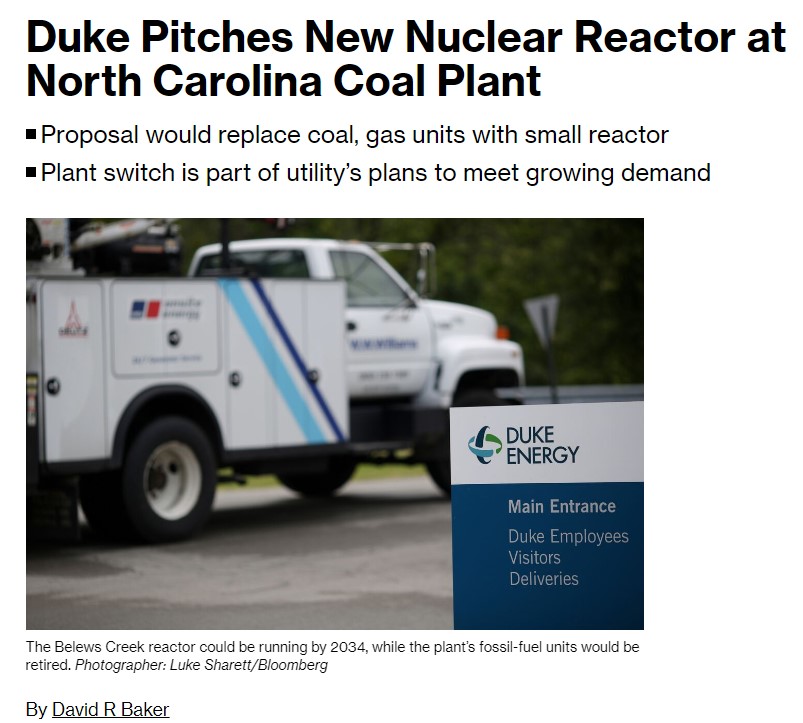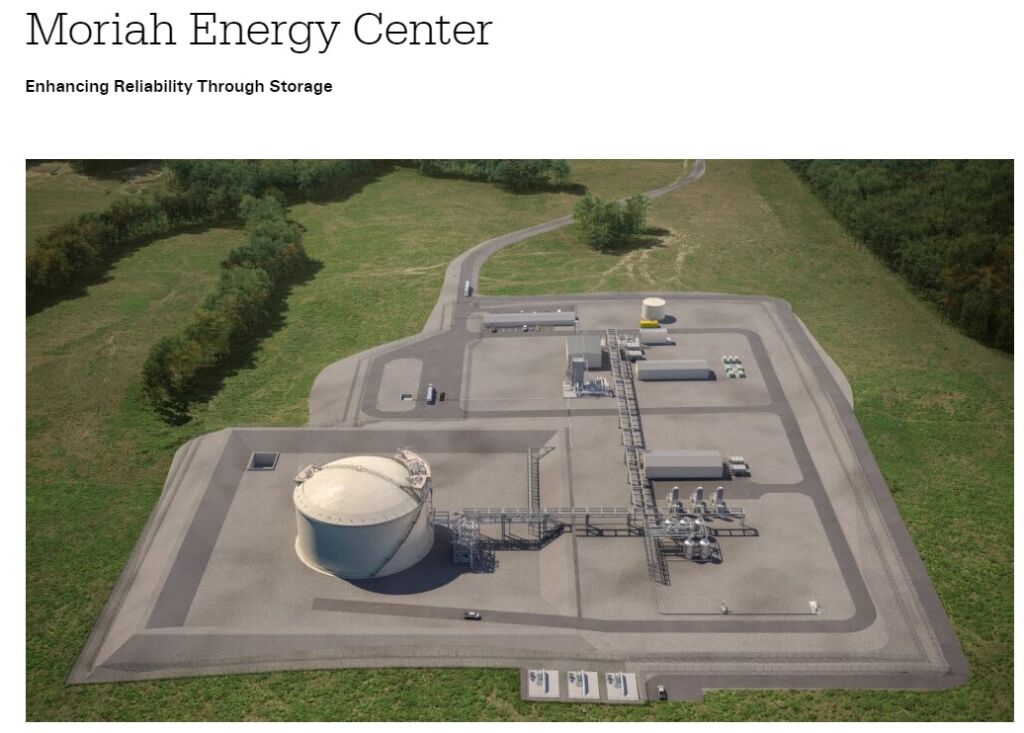The 2023 energy year in review
In many ways, 2023 feels like the eye of the hurricane threatening the reliability of the American electric grid.
It was the first year since 2019 that rolling blackouts didn’t impact some part of the country—except in local areas impacted by storms. This is a welcomed pause in a concerning trend that has finally started to register on the radar of some policymakers, but the underlying factors eroding the reliability of the grid have only accelerated over the last year, leaving us increasingly vulnerable to rolling blackouts in the future.
The article below highlights some of the positive and negative trends impacting the electric grid in 2023. This is by no means an exhaustive list, but we wanted to discuss some of the developments we’ve noticed through our work, specifically. You’ll likely notice that the positive developments are largely silver linings to dark clouds looming ahead.
Positive Developments:
1. Acknowledging blackout risks and the contribution of bad energy policy.
2. Coal plant retirements are being delayed.
3. Coal to nuclear gets a boost.
4. Liquefied Natural Gas (LNG) storage at natural gas plants enters its infancy.
Negative Developments:
1. States pass more 100 percent carbon-free mandates.
2. Reliability risks continue to grow.
3. EPA’s assault on reliable power plants.
We tend to be optimistic people, which is why we have listed more positive developments than negative ones, but the severity of the negative developments far outweighs the positive trends. As a result, we are still fighting an uphill battle for grid reliability.
Positive Developments: Acknowledging Blackout & Policy Risks, Delayed Coal Retirements, Coal to Nuclear Gets a Boost, and LNG Storage
We have long argued that America is in a reliability hole, and the first thing we need to do is stop digging.
To this effect, we have advocated for two main strategies to maintain the reliability of the grid while providing a long-term strategy to reliably and affordably reduce emissions: one, delay baseload coal retirements and keep existing coal and nuclear plants online throughout the end of their original, useful lifetimes; and two, wait until new nuclear plants can eventually come online to replace existing plants once they retire.
This gradual process will preserve grid reliability while eventually reducing emissions at a much lower cost than a wind, solar, and storage grid, and there have been signs that grid operators are catching on to these common-sense approaches.
1. Acknowledging Blackout Risks and the Contribution of Bad Energy Policy
The tone surrounding grid reliability in the United States has finally started to shift in 2023. This change in tone is almost certainly a result of the mounting blackouts that have occurred in recent years, starting in California in 2020, the Electric Reliability Council of Texas (ERCOT) and Southwest Power Pool (SPP) in 2021, and culminating in the Christmas Eve blackouts that caused millions of Americans to lose power in December of 2022.
As a result, the history books will write that 2023 began the era of taking the risk of blackouts seriously and, more importantly, acknowledging that America’s energy policy is a causal factor eroding the reliability of the nation’s electric grid.
For example, in its 2023 Electricity Reliability Risk Priorities Report, the North American Electric Reliability Corporation (NERC), the organization tasked with developing and enforcing reliability standards in the United States and Canada, listed energy policy as the number one threat to grid reliability in the U.S.

NERC pulled no punches in this regard in its Long-Term Reliability Assessment:
Environmental regulations and energy policies that are overly rigid and lack provisions for electric grid reliability have the potential to influence generators to seek deactivation despite a projected resource adequacy or operating reliability risk; this can potentially jeopardize the orderly transition of the resource mix. For this reason, regulators and policymakers need to consider the effects on the electric grid in their rules and policies and design provisions that safeguard grid reliability.
NERC continued to state that EPA regulations, like the Biden administration’s rules limiting carbon dioxide emissions from new and existing power plants, would undermine grid reliability and that the Inflation Reduction Act (IRA) is hastening the retirement of the fossil-fuel power plant fleet at a time when NERC is warning that these plants should remain open to keep the grid reliable.
Our modeling of the EPA’s carbon dioxide regulations in the Midcontinent Independent Systems Operator (MISO) region suggests that the rules would completely blackout the entire states of Wisconsin and Minnesota at the same time. You can read more about our analysis by clicking here.

NERC’s candor in expressing the mounting threats to grid reliability and specifically naming public policy as a main driver is unprecedented, and hopefully, it serves as a positive first step toward righting the ship.
2. Delayed Coal Plant Retirements Are Bolstering Reliability
According to the NERC LTRA, much of the country is at an elevated risk of rolling blackouts in the years to come due to capacity and energy shortfalls.

However, according to NERC, there are some positive changes to take note of.
In the case of MISO, which is one of the only regions at a high risk of capacity shortfalls within the next five years, the situation improved compared to the prior year because some coal plant operators delayed the retirement of these reliable power generators to maintain grid reliability.

Screenshot from the Milwaukee Journal Sentinel
This is a positive development, but it’s not a permanent cure for what ails the grid. According to announced and planned retirements on MISO, there are nearly 17 gigawatts of coal retirements scheduled through 2035, most of which are planned to be replaced with wind and solar. While some natural gas and storage projects in the MISO interconnection queue have been approved, it will be too little to maintain reliable service in the face of a wave of coal-plant closures.
3. Coal to Nuclear Gets a Boost
The idea of gradually transitioning from coal to nuclear got a big boost this fall when Duke Energy announced that it would run the Belews Creek coal plant in North Carolina until it can be replaced with a new nuclear facility.

We are especially proud of this development because we helped make it happen. In 2022, we modeled the cost and reliability implications of a coal-to-nuclear strategy while evaluating Duke Energy’s Integrated Resource Plan on behalf of the John Locke Foundation in North Carolina.
Locke’s report was incredibly influential in the Tar Heel State, ultimately leading Duke to scale back its planned offshore wind investments and to announce its plan to keep the Bellews Creek Plant running until it can be reliably replaced with new nuclear power. It felt great to chalk up a win.
Wins like these will show other states the correct path forward when it comes to energy policy, a path that maintains grid reliability and keeps costs more affordable for families and businesses going forward.
4. Onsite Fuel Storage for Natural Gas Plants Is Becoming a Thing
Meredith Angwin has been highlighting the dangers of relying upon just-in-time delivery of natural gas for electricity generation for years. This is why we have long argued that policymakers must consider requiring onsite fuel storage at natural gas plants to ensure that grid resiliency is not compromised during future cold snaps.
We’re seeing green shoots on this front, too.
Earlier this year, Dominion Energy announced it plans to add onsite liquefied natural gas (LNG) storage to serve two large neighboring combined-cycle natural plants in Greensburg and Brunswick counties. The Greensville plant has a generating capacity of 1,588 MW, and the Brunswick plant’s capacity is 1,358 MW.

In the Midwest, the Otter Tail Power Company is also seeking to build an LNG facility at its Astoria Station peaking plant. Remarkably, building LNG storage tanks would cost 144 times less than battery storage of equal energy capacity, highlighting how unserious proposals to power our world with wind, solar, and battery storage truly are.
If we are going to lose our existing coal plants, then requiring onsite fuel storage for natural gas will be a necessary step to hedge against blackouts in the future.
Negative developments: 100 percent carbon-free mandates, reliability risks, and EPA’s assault on reliable power plants
1. Multiple States Pass New 100 Percent Carbon-Free Mandates
Four more states passed laws or signed executive orders requiring carbon-free electricity or a 100 percent reduction in greenhouse gas (GHG) emissions, ranging from as early as 2035 to 2050. These states were Minnesota, Michigan, New Jersey, and Delaware, and they add to a list of 20 states and Washington D.C. that have already pledged themselves to some kind of 100 percent goal for renewable, carbon-free, or net-zero energy in the coming decades.

The irony of this situation is that many of these same states are already failing to meet their current goals for reducing greenhouse gas emissions. Out of the 25 states with emission reduction targets analyzed in a 2023 report by the Environmental Defense Fund (EDF), 23 states are not compliant with their 2025 goal – and the compliance gap is expected to grow larger by 2030.
In this way, 100-percent carbon-free mandates are like Soviet Five-Year Plans – meaningless quotas that aren’t based in reality. As a result, they will never be successful. Unfortunately, like previous Soviet Five-Year plans, the efforts taken to achieve these unrealistic mandates will have devastating adverse consequences, and events that should be wake-up calls – like the Texas Blackouts or Winter Storm Elliot – will be ignored.
2. Reliability Risks Continue to Grow
We discussed the reliability risks plaguing the nation’s electricity grids in our previous post, Winter Storm Elliot: The Ghost of Christmas Future. We encourage you to read that if you haven’t already. We will quote from it here so that you get the gist.
According to NERC’s LTRA, a growing number of areas in North America face resource capacity or energy risks in the next ten years. The graph [above] shows most areas are projected to have enough reliable power plants to meet demand forecasts associated with normal weather, but areas that are red (high risk) do not meet reliability criteria moving forward.
Among the main drivers of reliability concerns in the report are the premature retirement of reliable power plants, a growing dependence on non-dispatchable wind and solar generators, the risk of fuel supply disruptions to natural gas power plants, and rising electricity demand.
In this regard, NERC’s report sounds a lot like Meredith Angwin’s seminal book, Shorting the Grid, where Angwin detailed how the fatal trifecta: an overreliance on renewables, an over-reliance on just-in-time natural gas, and an over-dependence on neighbors for imports, is actively undermining the reliability of the American electric grid.
3. EPA’s Assault on Reliable Power Plants
At a time when NERC has highlighted extreme reliability risks and stated that delaying coal retirements has proven to help, the EPA has issued an onslaught of regulations that will further jeopardize the reliability of the electric grid.
This year, we have modeled several EPA initiatives that would negatively impact the grid’s ability to keep the lights on. These include the Ozone Transport Rule, the Coal Combustion Residuals Rule, the Carbon Rules, and Mercury and Air Toxic Standards (MATS).
Each of these rules would exacerbate the ongoing deterioration of reliability on our energy systems by forcing coal and gas plants offline – plants that would, in many cases, be capable of producing inexpensive electricity for decades to come.
The CEO of the National Rural Electric Cooperative Association (NRECA), Jim Matheson, slammed the Carbon Rules earlier this year, saying they “will further strain America’s electric grid and undermine decades of work to reliably keep the lights on across the nation.” Matheson continued:
“And it is just the latest instance of EPA failing to prioritize reliable electricity as a fundamental expectation of American consumers. We’re concerned the proposal could disrupt domestic energy security, force critical, always-available power plants into early retirement and make new natural gas plants exceedingly difficult to permit, site and build.
“Nine states experienced rolling blackouts last December as the demand for electricity exceeded the available supply. Those situations will become even more frequent if EPA continues to craft rules without any apparent consideration of impacts on electric grid reliability.”
Conclusion
The electric grid was already facing challenges in the years ahead due to announced coal-plant retirements, but the added burden of EPA regulations forcing reliable power plants offline and carbon-free energy mandates passed by liberal lawmakers will make future blackouts a near certainty.
The best thing you can do, besides advocating for change, is prepare for the coming storm.